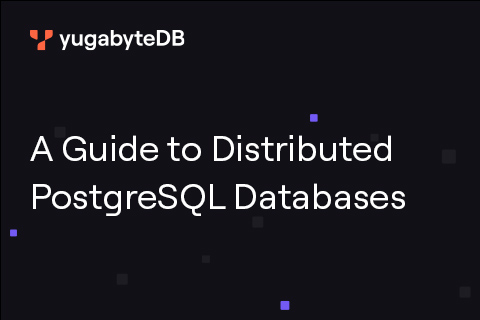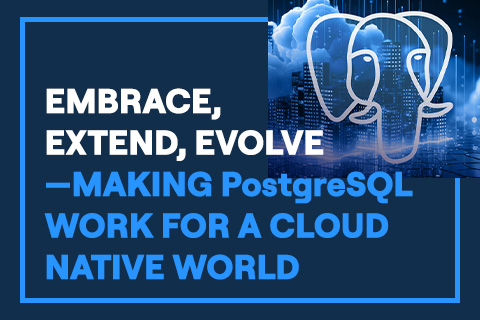PostgreSQL and Distributed PostgreSQL
What is PostgreSQL?
PostgreSQL is an open-source, single-node relational database management system (RDBMS).
PostgreSQL originated from the POSTGRES package written at the University of California at Berkeley. The implementation of POSTGRES began in 1986, with the first “demoware” system becoming operational a year later.
PostgreSQL includes robust performance, security, programming extensions/add-ons, and configuration features. Code can be written in SQL, Perl, Python, Java (and many other languages), and there is support for a wide range of data types.
It is a SQL-compliant database, meeting nearly all the core features of the SQL standard. However, it also supports several NoSQL-like behaviors (storing documents using JSON, for example). This flexibility has helped make PostgreSQL the gold standard for transactional databases.
Today, PostgreSQL is a popular database with a strong reputation thanks to its proven architecture, reliability, data integrity, robust feature set, extensibility, and the dedication of an experienced, open-source community who continue to make significant and innovative code contributions.
Is PostgreSQL a Distributed Database?
PostgreSQL is not a distributed database. It is a single-node relational database. All data is served from a single node, and tables are not sharded into smaller components or distributed across multiple nodes.
There are third-party extensions that can be used to operate PostgreSQL in a distributed environment. These extensions can provide different levels of connection pooling, load balancing, and sharding, which can be used to help distribute a PostgreSQL database across multiple servers. However, PostgreSQL is not natively designed for distributed systems, so using these extensions come with challenges, including management complexity and performance tradeoffs.
 Explore our guide on transitioning PostgreSQL to a distributed, multi-server setup. Dive into the benefits – enhanced scalability and resilience – of this powerful database architecture made better.
Explore our guide on transitioning PostgreSQL to a distributed, multi-server setup. Dive into the benefits – enhanced scalability and resilience – of this powerful database architecture made better.
Another way to create a PostgreSQL distributed database environment is to utilize a SQL API that is compatible with the SQL dialect and is run-time compatible with PostgreSQL. This allows application developers familiar with PostgreSQL to leverage their knowledge of PostgreSQL (as well as the standard PostgreSQL client drivers) to build an application powered by the SQL API.
Postgres vs PostgreSQL—What’s the Difference?
Postgres is a nickname forPostgreSQL, but it was the original name of the University of California Berkeley project that PostgreSQL evolved from.
The Berkeley POSTGRES project was formed to build a new relational database management system (RDBMS) to act as the successor to the INGRES relational database system. It was intended to support many of the engineering applications (CAD systems, etc.) that relational systems of the time struggled to support. With a goal of not changing the relational model, the POSTGRES project aimed to:
- Provide better support for the complex objects found in engineering data
- Make it possible to include new data types, new operators, and new access methods in the RDBMS
- Support active databases and rules (i.e., alerts and triggers)
- Reduce the amount of code written to support crash recovery
- Produce a design that could take advantage of new technologies whenever possible.
By 1993, the external user community had grown to the point where maintenance of the prototype code and support ate up too much time—time the team felt should be devoted to database research. So, the POSTGRES project officially ended with Version 4.2, released in June 1994.
The same year, two Berkeley graduate students replaced the POSTQUEL query language interpreter with SQL. They named it Postgres95.
By 1996, it became clear that the name “Postgres95,” much like Windows95, would not stand the test of time. A new name, PostgreSQL, was chosen to reflect the relationship between POSTGRES and the new version, which included SQL capabilities.
PostgreSQL FAQ:
- What is PostgreSQL used for?
PostgreSQL, the fastest-growing database, is used for its affordability, reliability, and features like data integrity, fault tolerance, and online backups. It’s the standard database API for application development. - Is PostgreSQL a distributed database?
PostgreSQL is a single-node relational database, not a distributed one. All data is served from one node without automatic sharding or distribution across multiple nodes. However, third-party extensions enable operation in a distributed environment.
